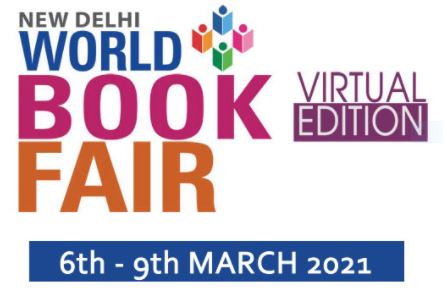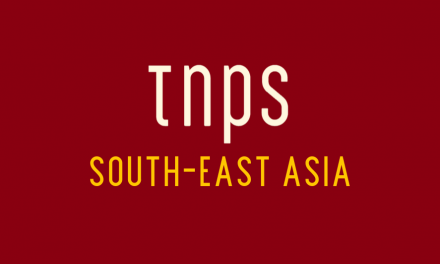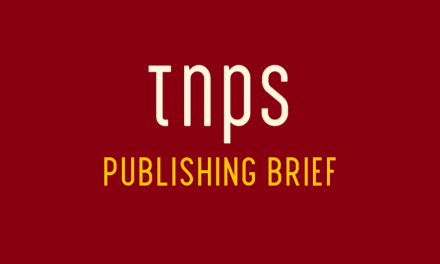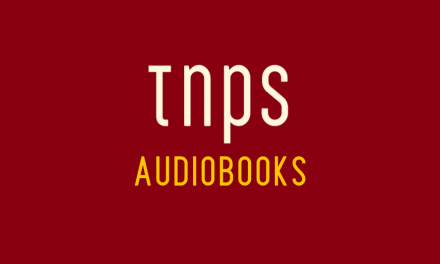India has 437 million more people online than the USA. Against such a background it seems hard to believe but is sadly true that it took a global pandemic to force the New Delhi World Book Fair to take digital seriously, while other major Indian book fairs stand defiant against any suggestion that digital has a role to play in the publishing industry.
All credit to the Jaipur Literary Festival for its online event this year, which attracted an audience of 50,000, but the big news in the Indian publishing arena is the New Delhi World Book Fair, currently live online for the first time.
Other major book fairs have persisted with the long-established policy of looking the other way whenever digital publishing is discussed, with many high-ranking and influential trade voices in full denial, asserting reading and the internet are somehow incompatible concepts.
Likely many of those will be looking the other way as events like Jaipur LitFest and the World Book Fair make the digital transition. Denial is always so much easier than embracing change.

The NDWBF theme this year is ‘National Education Policy’ and while important there’s a real danger that the digital debate will be too focussed on education and academic publishing and miss the wider opportunity that is digital trade publishing to reach the three quarters of a billion internet users in the country.
And no, that’s not a typo. India started 2021 with 749 million people online, yet is still only at 53.8% internet penetration. A leap to 75% internet penetration would render 1.4 billion people online.
Only China has more internet users, and likely will hit 1 billion internet users in Q1 2021, but India is racing up behind and 1 billion people online by 2025 is a safe forecast for the subcontinent.
But even the current 749 million internet users means India has 437 million more people online than the USA, which at near saturation and with nowhere to grow, fields only 312 million internet users.
Against such a background it seems hard to believe but is sadly true that it took a global pandemic to force the New Delhi World Book Fair to take digital seriously, while other major Indian book fairs stand defiant against any suggestion that digital has a role to play in the publishing industry.
In this respect South Asia lags behind most of the world in clinging to an analogue-only publishing model that cannot ever reach more than a fraction of its potential domestic and global audience, and India remains determined to be the flag-bearer for digital resistance.
Just how many minds will be changed by this year’s online events will depend in large part on how well the “360-degree immersive experience” is carried off.
Running March 6-9, the event can be found here.





